Munger Fort, situated in Bihar, showcases the vast legacies of culture and architecture that the place has to offer. This edifice has surpassed a thousand years of history and has seen numerous empires rise to glory and then fall as it served various roles such as a military base and centre of administration for different ruling clans. While the initial construction began during the early years of the Slave dynasty rule, modifications were made to the fortification structures during the Mughal and British periods.
Munger Fort Location
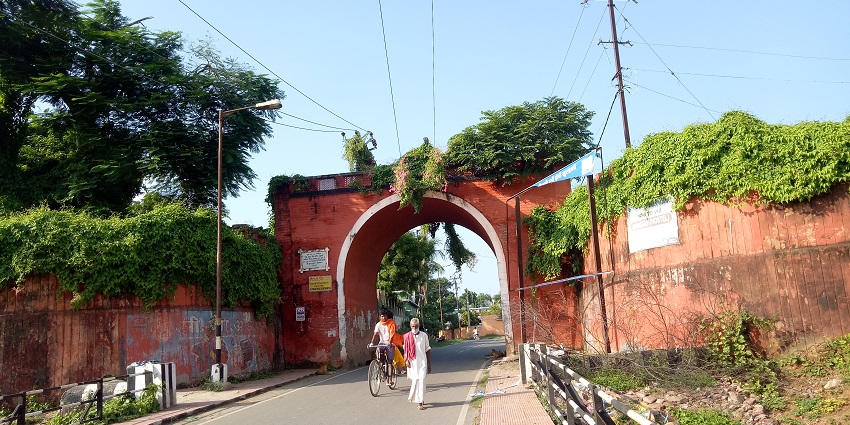
Photo: Nelgogle / Wikimedia Commons
Munger Fort is located in the town of Munger, Bihar State, India on a rocky outcrop on the southern banks of the Ganges River. Owing to the natural geography it possesses, throughout the ages, it has remained an important centre for military missions as well as trade. With an average coverage area of 222 acres, the fort has strong 21-mile-long walls, with landward fortifications encompassed by a moat. Among these buildings, the Darwaza Lal (red gate) and Shuja Mahal are notable examples that bring out the grandeur of the fort.
Suggested Read: Exploring Sonbhandar Caves
How To Reach Munger Fort
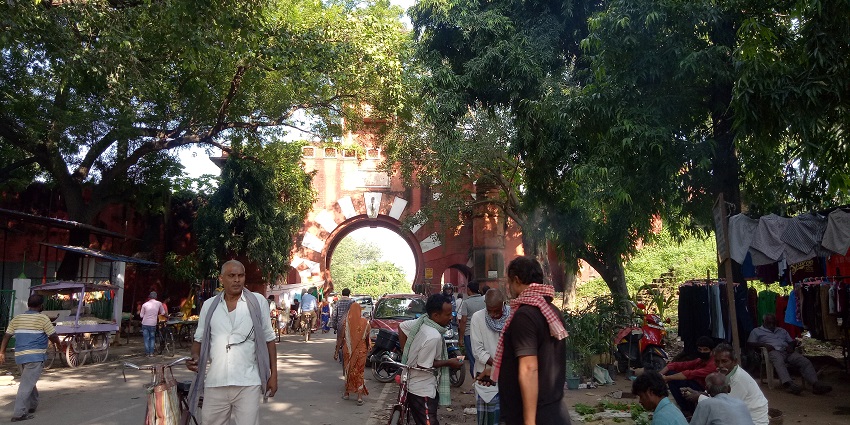
Photo: Nelgogle / Wikimedia Commons
To reach Munger Fort there are several easy methods, given its strategic position in Bihar.
By Air: Patna Airport is the nearest airport to Munger Fort located about 180 km away. After arriving at the airport, one can get a taxi or a bus to Munger where it takes about 4-5 hrs.
By Train: The nearest railway station is Munger Junction which is located at a distance of 3km from the Munger fort. It has trains from major cities to Patna, Kolkata, and Delhi. After you get to Munger Junction, an auto rickshaw or a taxi can be taken to get to the fort.
By Road: Munger has roads that are in good condition for travel. There are regular bus services available to and from other cities including Patna, and Bhagalpur. There is also a possibility to drive as NH31 branches into a series of major highways heading to Munger.
Places To Visit Around Munger Fort
Munger Fort is surrounded by several other attractions further enhancing the enjoyment of the tourists.
1. Sita Kund
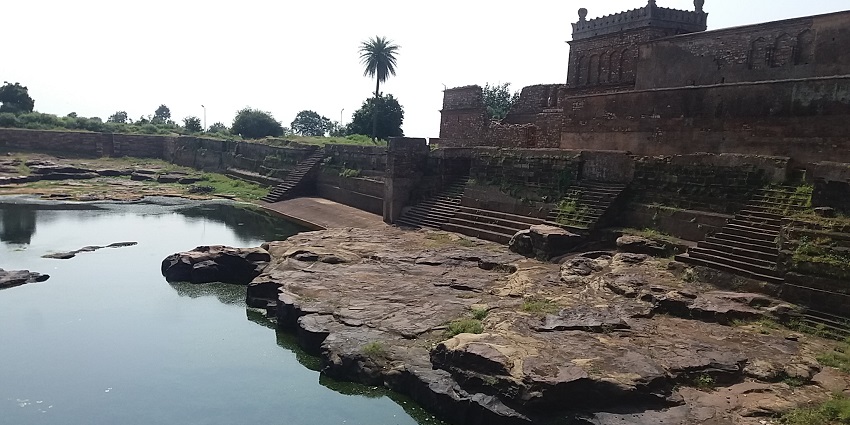
Photo: Anupriya gupta14 / Wikimedia Commons
Sita Kund features hot springs that also have mythological aspects attached to them. It is believed that this is the place where Sita took a bath after the Agni Pariksha to show her innocence and purity to Lord Rama. It is assumed that the heat of the fire that she absorbed was so intense that it kept the water of Sita Kund warm throughout the year, making it a favourite place for pilgrim tourists. The hot spring is located in the middle of a concrete tank and visitors can notice bubbles coming up from the stones in the spring.
Location: Approximately 9 km from Munger city
Best Time To Visit: October to March for pleasant weather; special significance during the full moon of Magh
Entry Fee:Free
Suggested Read: Most Popular Wildlife Sanctuaries In Bihar
2. Chandika Asthan

Photo: Varunesh Chandra / Wikimedia Commons
Chandika Asthana is one of the temples that Hindus build and consider it a Shakti peeth which is 51 in number in India. This place of worship is considered to be the point where the left eye of Sati fell and hence the place is important as they go there because of their eyes; more so some go to seek healing and find peace. The design of the sanctum includes an inverted dome which is said to be a representation of the tengal deity who is the goddess of the temple, and this dome draws most of the visitors, especially during the Durga Puja which lasts for ten days.
Location: Approximately 2 kilometres from Munger town
Best Time To Visit: October to March for pleasant weather; major festivals like Durga Puja attract large crowds
Entry Fee:Free
3. Bhimbandh Wildlife Sanctuary
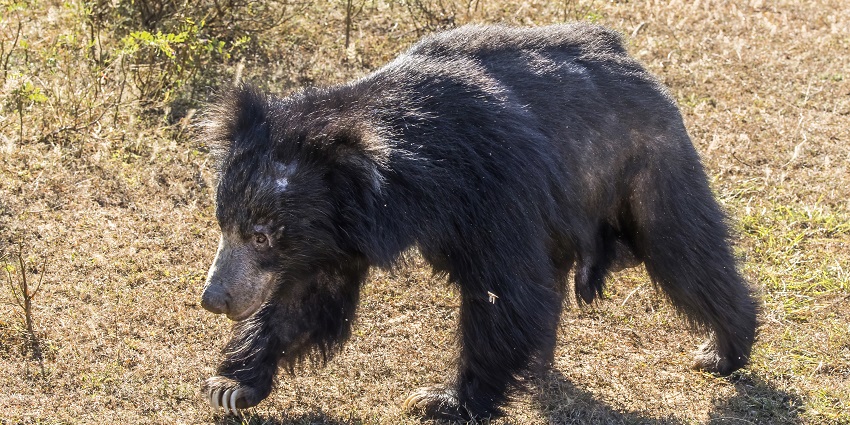
Photo: Charles J. Sharp / Wikimedia Commons / Image For Representation Only
Bhimbandh Wildlife Sanctuary covers an area of 681.99 square kilometres and is located in the Kharagpur hills. The sanctuary is famous for its thick forests and wildlife and is named after a character from the epic Mahabharata, Bhima who is believed to have constructed a dam here. The sanctuary is famous for its hot water springs, many of which such as Bhimbandh, Sita Kund and Rishi Kund reach temperatures of 65 Degrees Celsius or more. The sanctuary has well-marked trails for visitors to appreciate its beautiful landscapes.
Location: Approximately 56 km from Munger.
Best Time To Visit: October to March for pleasant weather.
Entry Fee:Free
Activities: Wildlife spotting, bird watching, and exploring hot springs
Suggested Read: Dive Into Fun At The Funtasia Water Park In Patna
4. Kashtaharini Ghat
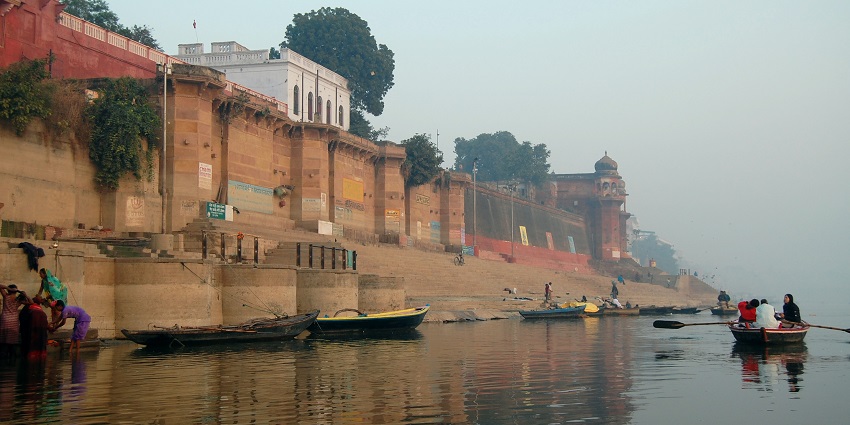
Photo: Marcin Białek / Wikimedia Commons / Image For Representation Only
Kashtaharini Ghat is situated on the banks of the Ganga in front of Munger Fort. This bathing ghat is associated with a lot of mythology and spirituality. Its name means “the place that eases pain,” because there is a belief that a dip at this place will cure an individual’s illness. As it is said that at the time of their strife with demoness Tadaka Lord Rama and Lakshmana, ghadulgh abused his ‘Maryada’ and withdrew here, this place is visited by Hindus for religious purposes. The ghat includes a flight of stairs that descends to the river, which is convenient for worshippers and tourists.
Location: Adjacent to Munger Fort, easily accessible from the fort complex
Best Time To Visit: October to March for pleasant weather; early morning or late evening for beautiful views
Entry Fee:Free
5. Ucheswar Nath Temple
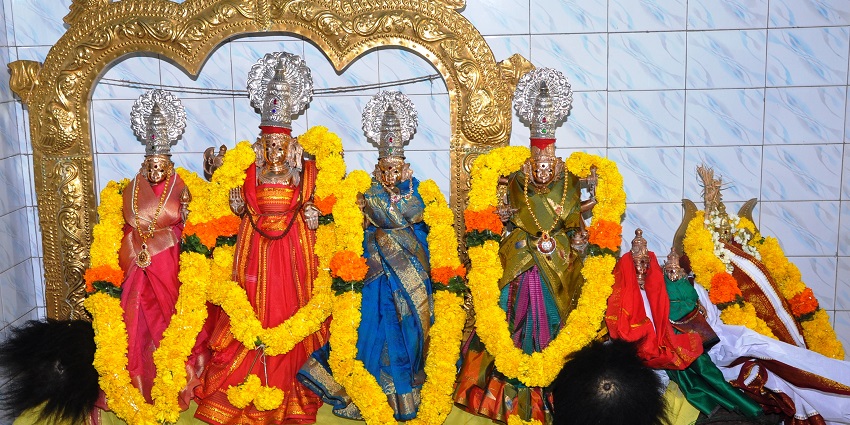
Photo: యర్రా రామారావు / Wikimedia Commons / Image For Representation Only
The Ucheswar Nath Temple, which is located around Kharagpur in the district of Munger, Bihar, is an iconic temple among the Hindus dedicated to Lord Shiva. Though a small worship place is still of great importance and draws numerous visitors, especially from the Santhal tribe seeking spiritual uplift and performing certain rites. The temple and its surroundings are ideal which is why the place has become a popular spot for pilgrimage. The temple is a lot more colourful during the festivals whereby the devotees come mostly dressed up in their cultural outfits. This also brings in a lot of energy.
Location: Approximately 10 km from Munger city centre.
Best Time To Visit: Throughout the year, but especially during Shivratri and other Hindu festivals for a more vibrant experience.
Entry Fee:Free
Suggested Read: Must-Visit Hill Stations Near Bihar For Your Next Adventure
Where To Stay
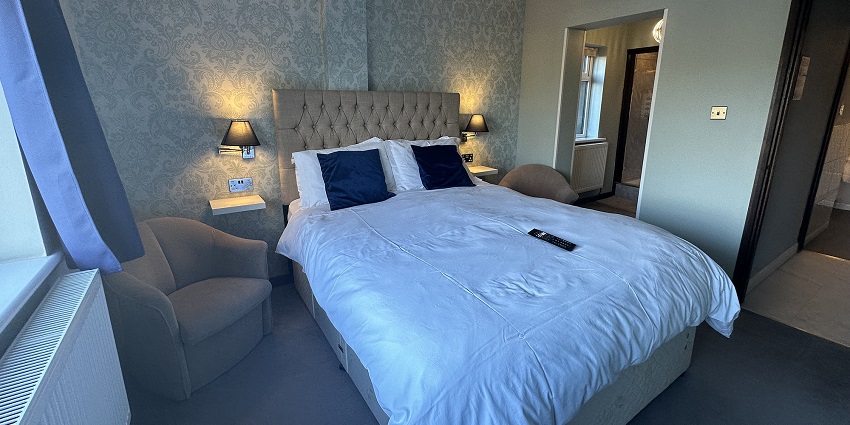
Photo: PaulPMoroney / Wikimedia Commons / Image For Representation Only
Munger Fort has several places to stay for visitors with a wide range of tastes and budgets. Sitariya Hotel, located near Town Hall in Bara Bazar, has well-furnished rooms and other facilities making it easy for a tourist to choose. Raj Palace Hotel, located at Rajiv Gandhi Chowk Hotel offers modern-day accommodation with a touch of traditional hospitality. For travellers on a budget, Namita Hotel provides yet another good option, with both cheap prices and clean rooms available. In addition to such basics, these hotels also provide opportunities to visit nearby tourist spots and restaurants thus improving your enjoyment while in Munger.
Where To Eat
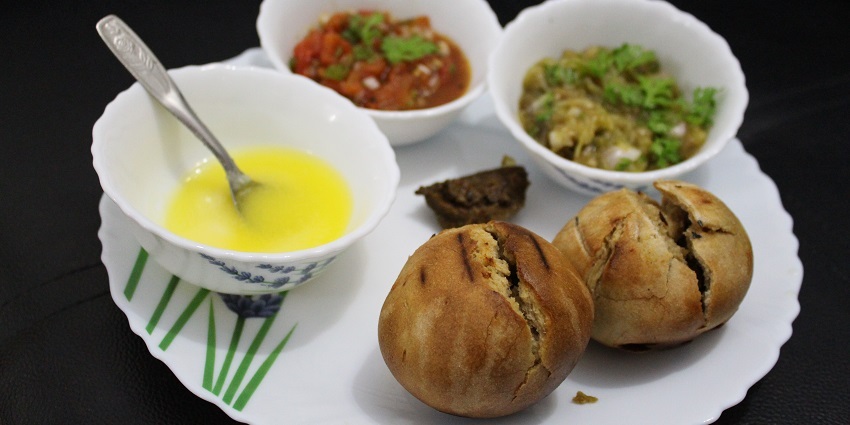
Photo: RASHMITHAKURSHARMA / Wikimedia Commons / Image For Representation Only
In the vicinity of Munger Fort, guests can find several restaurants that offer exquisite Bihari cuisine. Among them, perhaps the best of their kind is Royal King Family Restaurant which boasts an amazingly warm interior and a menu that contains traditional meals such as litti-chokha and sattu paratha. If these do not appeal to you, another fine option is Raj Rasoi Restaurant, which has a quite large selection of local fast food. Champaran Meat House, on the other hand, offers tasty North Indian fare fit for those who are looking for meat while Laziz Restaurant offers Indian dishes that are presented in all-time best taste with utmost care on quality.
Suggested Read: Amazing Hill Stations Near Patna For A Scenic Retreat
Best Time To Visit
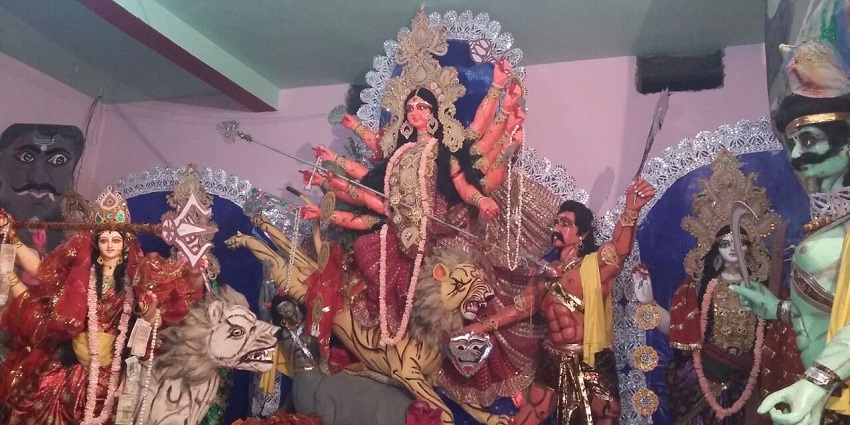
Photo: Chandangupta2901 / Wikimedia Commons
Munger Fort is best explored in the winter season which ranges from October to March. This time has moderate weather, with a temperature range of 10°c-25°c, which is perfect for sightseeing and walking extensively around the fort. Most of the tourists prefer the winter season, as the weather is dry and conducive to sightseeing of the historical and cultural significance of the fort. At this time the skies are clear and perfect for taking pictures of the fort since it rises beautifully against the clear sky.
Other Factors To Consider
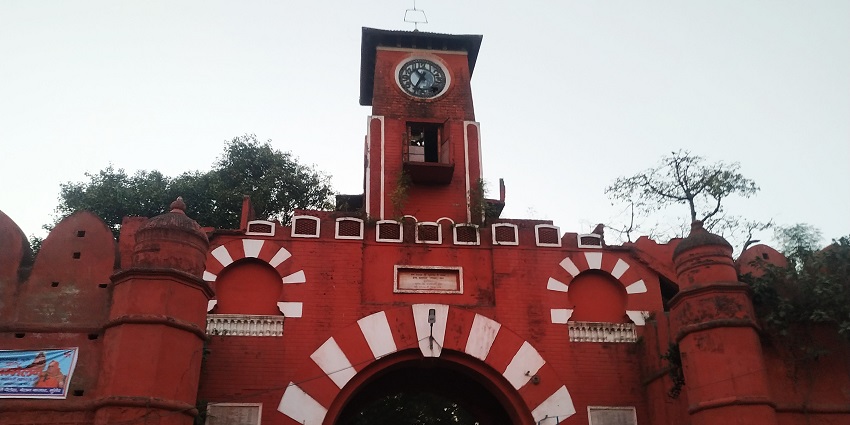
Photo: Nirajnk11 / Wikimedia Commons
Here are some factors to consider while you plan your trip to Munger Fort.
Average Cost Of Trip: A trip to Munger Fort can be planned if you take into consideration the following factors in average prices.
- Transport: The cost of airline tickets from Delhi to Patna ranges between ₹ 4,000 – 5,000, whereas train tickets for the upper and lower class cost about ₹ 500 for the lower classes and about ₹ 2000 for the 2A class. The distance of road travel from Patna to Munger is approximately 173 kilometres, and bus or taxi fares cost roughly ₹ 1500-2000.
consideration the following factors in average prices. - Accommodation: The cheapest hotels are about ₹ 3,500 per night which comes to approximately about ₹ 24,500 for a week in a hotel.consideration the following factors in average prices.
- Meals: Activities and food may cost about 1000-1500 on average a day.
All in all, a one-week vacation may cost about ₹ 30,000 to ₹ 40,000 per individual based on the type of travel and their inclinations.
Tips For Travelers
- Guided Tours: Employ a nearby guide for a more captivating experience full of the past.
- Dress Code: Please wear appropriate clothing when visiting religious places located inside or near the fort.
- Hydration: Also water bottles should be carried especially in the summer when the heat is sometimes unbearable.
- Respect Local Customs: Remember to respect and appreciate the cultural norms and belief systems while on tour.
Suggested Read: Archaeological Museum Bodhgaya
The Munger Fort remains a cause for great pride for the state of Bihar because of its historical and cultural significance. The breathtaking architecture, the history behind the fort and the place along with the peaceful environment all make it worth a visit for people interested in the rich history of India. Whether it is because of your interest in visiting renowned historical sites or just searching for a unique place to visit, Munger Fort always delivers and holds more tales than meets the eye. Book your visit with TripXL and enter an era where history breathes.
Cover Photo: Nelgogle / Wikimedia Commons


 WhatsApp
WhatsApp
 Twitter
Twitter









